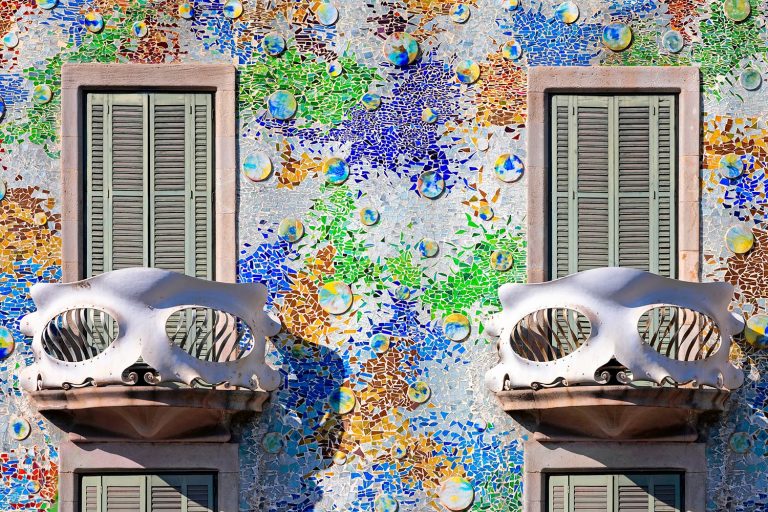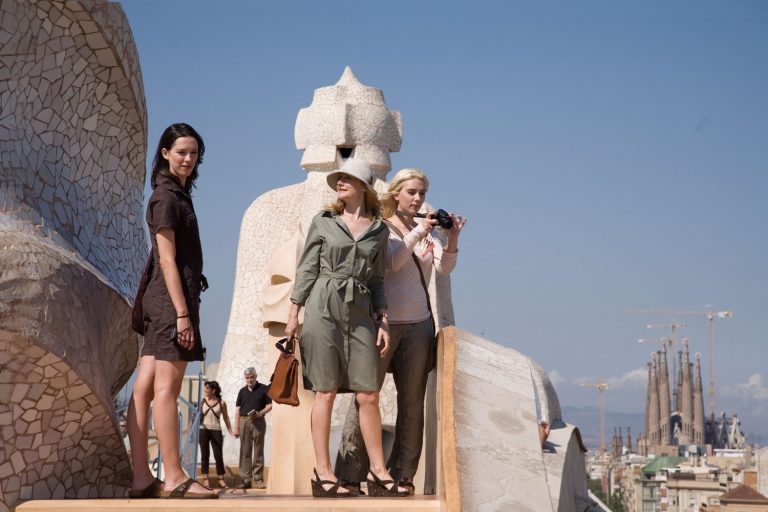In Pictures
-

Aleu
© Fundació Junta Constructora del Temple Expiatori de la Sagrada Família -

autoria desconeguda
© Fotografies de la construcció de la Sagrada Família (1883-1892) / Arxiu EtsaB - Càtedra Gaudí / Universitat Politècnica de Catalunya
-

autoria desconeguda
Request the image
Arxiu Històric del COAC
-

autoria desconeguda
Request the image
Arxiu Històric del COAC
-

Arxiu Mas
© Fundació Institut Amatller d’Art Hispànic / Arxiu Mas -

autoria desconeguda
Request the image
Fons Col·leccions / Arxiu Històric del COAC
-

autoria desconeguda
Request the image
Fons Col·leccions / Arxiu Històric del COAC
-

Oriol Maspons, Julio Ubiña
Request the image
© Fons Col·leccions / Arxiu Històric del COAC
-

autoria desconeguda
© Editorial Canosa (1921-1933) / Arxiu EtsaB - Càtedra Gaudí / Universitat Politècnica de Catalunya
-

autoria desconeguda
© Editorial Canosa (1921-1933) / Arxiu EtsaB - Càtedra Gaudí / Universitat Politècnica de Catalunya
-

autoria desconeguda
Request the image
Arxiu Històric del COAC
-

autoria desconeguda
Request the image
Arxiu Històric del COAC
-

© Adolf Zerkowitz Schlesinger
Request the image
Arxiu Històric del COAC
-

autoria desconeguda
© Editorial Canosa (1921-1933) / Arxiu EtsaB - Càtedra Gaudí / Universitat Politècnica de Catalunya
-

autoria desconeguda
© Editorial Canosa (1921-1933) / Arxiu EtsaB - Càtedra Gaudí / Universitat Politècnica de Catalunya
-

autoria desconeguda
Request the image
Arxiu Històric del COAC
-

© Arxiu Mas
Request the image
Fons Col·leccions / Arxiu Històric del COAC
© Fundació Institut Amatller d’Art Hispànic / Arxiu Mas -

autoria desconeguda
Request the image
Arxiu Històric del COAC
-

autoria desconeguda
Request the image
Arxiu Històric del COAC
-

autoria desconeguda
Request the image
Arxiu Històric del COAC
-

autoria desconeguda
Request the image
Arxiu Històric del COAC
-

autoria desconeguda
Request the image
Arxiu Històric del COAC
-

autoria desconeguda
Request the image
Fons Col·leccions / Arxiu Històric del COAC
-

autoria desconeguda
Request the image
Fons Col·leccions / Arxiu Històric del COAC
-

autoria desconeguda
Request the image
Fons Col·leccions / Arxiu Històric del COAC
-

autoria desconeguda
© Editorial Canosa (1921-1933) / Arxiu EtsaB - Càtedra Gaudí / Universitat Politècnica de Catalunya
-

© Arxiu Mas
Request the image
Fons Col·leccions / Arxiu Històric del COAC
© Fundació Institut Amatller d’Art Hispànic / Arxiu Mas -

autoria desconeguda
© Editorial Canosa (1921-1933) / Arxiu EtsaB - Càtedra Gaudí / Universitat Politècnica de Catalunya
-

Aleu
© Fundació Junta Constructora del Temple Expiatori de la Sagrada Família -

autoria desconeguda
Request the image
Fons Col·leccions / Arxiu Històric del COAC
-

autoria desconeguda
© Fundació Junta Constructora del Temple Expiatori de la Sagrada Família -

autoria desconeguda
© Editorial Canosa (1921-1933) / Arxiu EtsaB - Càtedra Gaudí / Universitat Politècnica de Catalunya
-

© Ferran
Request the image
Fons Col·leccions / Arxiu Històric del COAC
-

© Ferran
Request the image
Fons Col·leccions / Arxiu Històric del COAC
-

© Ferran
Request the image
Fons Col·leccions / Arxiu Històric del COAC
-

© Ferran
Request the image
Fons Col·leccions / Arxiu Històric del COAC
-

autoria desconeguda
© Editorial Canosa (1921-1933) / Arxiu EtsaB - Càtedra Gaudí / Universitat Politècnica de Catalunya
-

autoria desconeguda
© Editorial Canosa (1921-1933) / Arxiu EtsaB - Càtedra Gaudí / Universitat Politècnica de Catalunya
-

autoria desconeguda
© Editorial Canosa (1921-1933) / Arxiu EtsaB - Càtedra Gaudí / Universitat Politècnica de Catalunya
-

autoria desconeguda
© Editorial Canosa (1921-1933) / Arxiu EtsaB - Càtedra Gaudí / Universitat Politècnica de Catalunya























